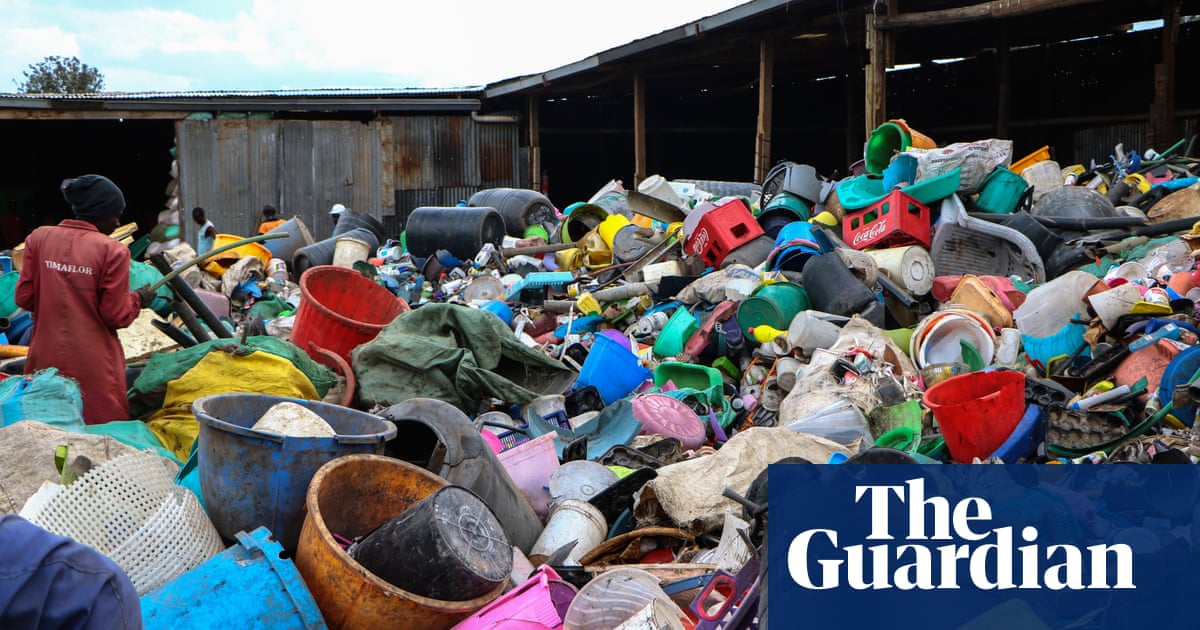Do you pay with crypto, dig the blockchain and drive a Tesla? Youâre an early adopter, a future-chaser, right? So, naturally, youâll vote jelly.
These animals are taking over the ocean. They are the great survivors of evolution â and of the Anthropocene. They are thriving in an era of warming oceans and algal blooms, and when humans have wiped out larger marine predators. Jellyfish can survive when human pollution reduces oxygen levels in the ocean. And so we will embrace their future, our grandchildren tucking into jellyfish and chips.
British seas are mostly too cold to be swarming with jellyfish species but the barrel jellyfish is Britainâs largest jelly, and most frequently found in south-western seas.
Its hefty, translucent, mushroom-shaped bell can grow to the size of a dustbin lid. A pretty dustbin lid, sometimes shaded in yellow, pink or blue. The bottom edge of the bell is fringed with violet, and this contains the jellyâs sense organs. Below are eight frilly, stocky arms, which look a little like elongated cauliflowers. These contain small, stinging tentacles, which deliver food to surrounding tiny mouths, hundreds of them. The stings are designed to disable zooplankton â tiny sea creatures â and so donât harm us.
Watch this gentle giant swim, pulsing in the blue depths, mesmerising us with its sensuous curves and extraterrestrial strangeness.
If youâre a traditionalist and lover of history, the barrel jellyfish deserves your vote too. Jellyfish have floated through Earthâs oceans for more than 500m years, miraculous beings with bodies made up of 90% water and living without brain, heart or blood.
Sadly, we tend to encounter them washed up, dead, on our beaches in early summer months. These jellies have underestimated their own size, following their tiny prey into shallow water and become stranded, washed in, washed up by the waves and tides.
In some parts of the world, people have eaten similar species from the Rhizostomae order for thousands of years. Its bland flesh is livened up with strong sesame oil and soy, and served in sushi, noodles and even ice-cream.
But this 35kg behemoth is the favourite food of the worldâs largest sea turtle, the leatherback. It, of course, is struggling to survive in an ocean filled with plastic bags that can, fatally, resemble its favourite jellyfish prey.
So vote jelly. Vote for the great the survivor, food for the gods of the sea, and the real deal â definitely not a plastic bag.
-
Welcome to the Guardianâs UK invertebrate of the year competition. Every day between 2 April and 12 April weâll be profiling one of the incredible invertebrates that live in and around the UK. Let us know which invertebrates you think we should be including here. And at midnight on Friday 12 April, voting will open to decide which is our favourite invertebrate â for now â with the winner to be announced on Monday 15 April.



